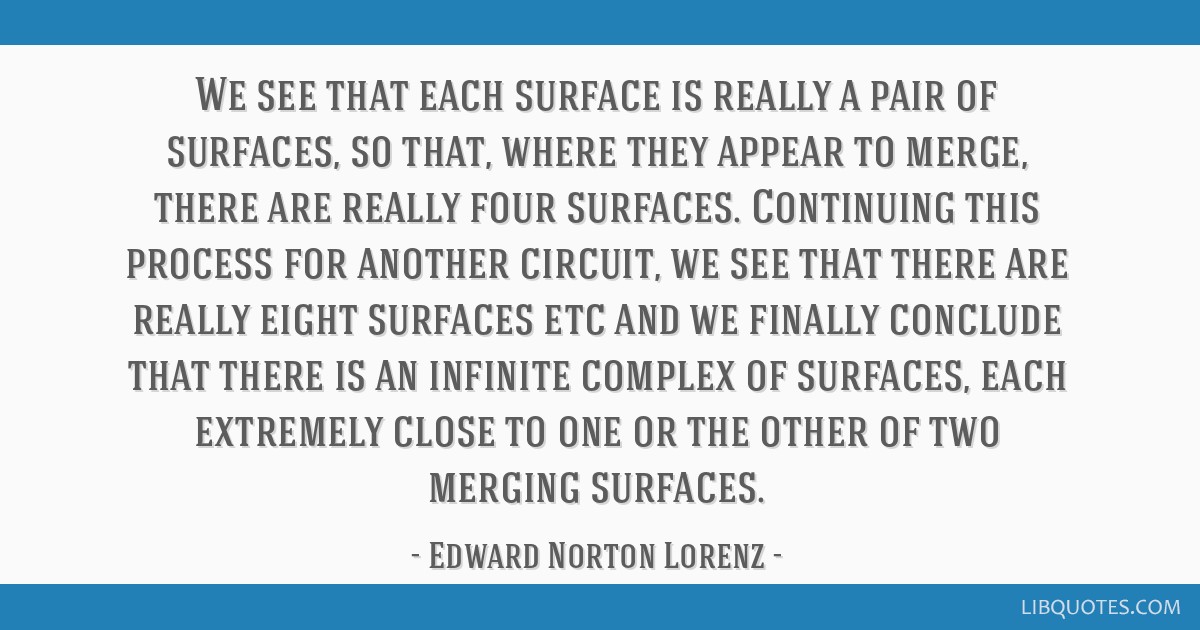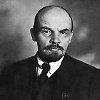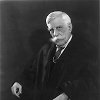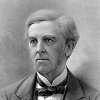We see that each surface is really a pair of surfaces, so that, where they appear to merge, there are really four surfaces. Continuing this process for another circuit, we see that there are really eight surfaces etc and we finally conclude that there is an infinite complex of surfaces, each extremely close to one or the other of two merging surfaces.
Lorenz (1963) "Deterministic nonperiodic flow", in: J. Atmos. Sci. 20, 130–141. cited in: T.N. Palmer (2008) "Edward Norton Lorenz. 23 May 1917 −− 16 April 2008" in: Biogr. Mems Fell. R. Soc. 2009 55, 139-155























